Vietnam
Categories
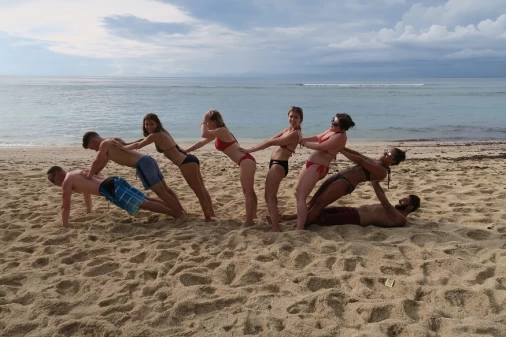
A guide to choose between Private tours and Group tours
It is often a challenge deciding between a private or a group tour, especially for first timers....
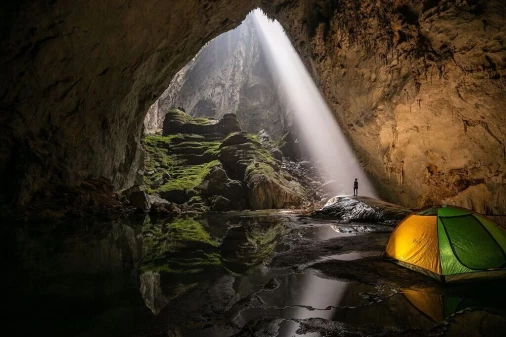
Central Vietnam Itinerary - An amazing Guide to the Perfect Tour
Having on standby the right key to navigate through central Vietnam is like a dream come true esp...
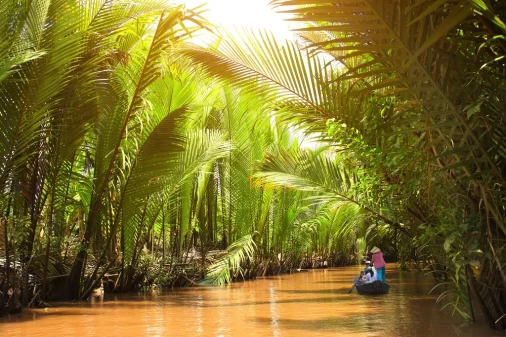
South Vietnam Itinerary- A treat to an impeccable beauty
Explore the Southern part of Vietnam as you treat yourself to the best parts only. Get to experie...
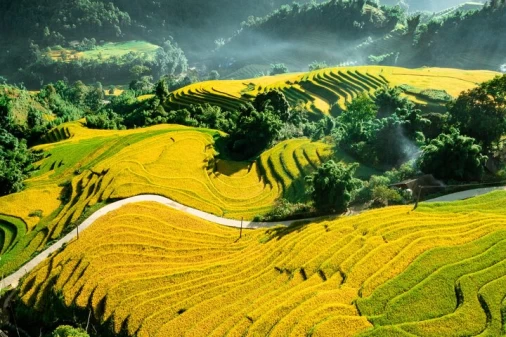
North Vietnam Itinerary - A comprehensive Guide to explore the North
Northern Vietnam is a region of aesthetic sceneries and landscapes with practically fascinating c...
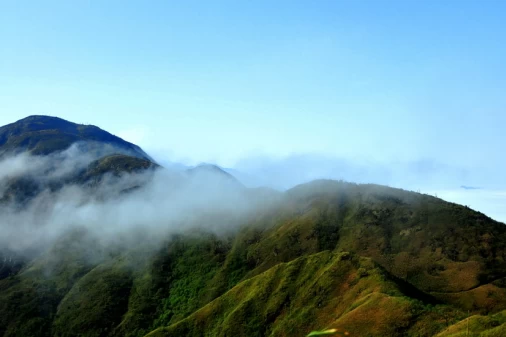
Fansipan Mountain - A solemn structure of Vietnam’s pinnacle
Explore an exciting journey with either a cable car or by hiking as you rise about 3,143 meters a...
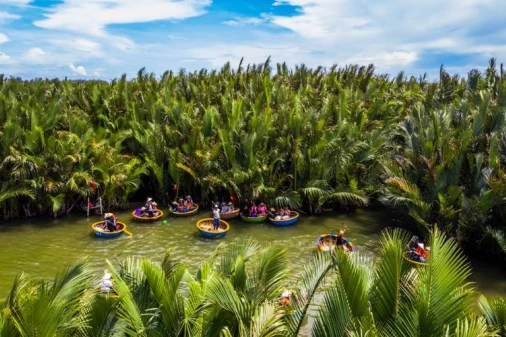
Bay Mau Coconut Forest - A fast rising destination for tourists
Bay Mau coconut forest is a very famous ecotourism site in Hoi An as well as the whole of Vietnam...
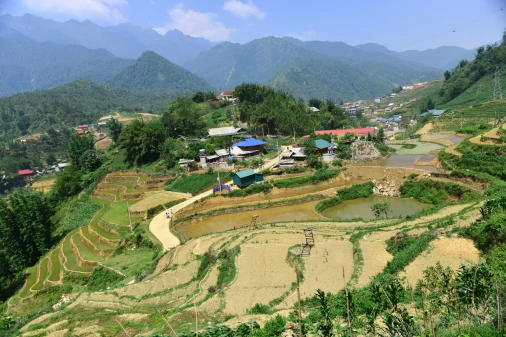
Y Linh Ho Village - Navigating The Charming North of Vietnam
Y Linh Ho village is a destination that is absolutely unique amongst the various tourist attracti...
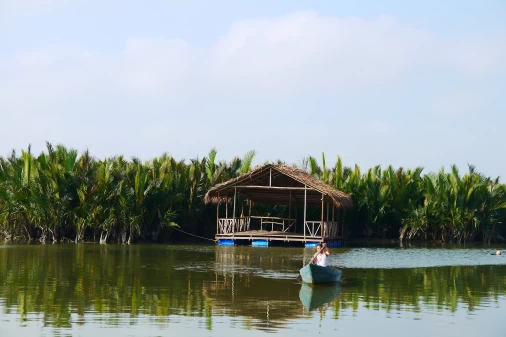
Explore Cam Thanh coconut village - The most exciting place in Hoi An
A breathtaking countryside located about 3 km from Hoi An, Cam Thanh coconut village is a definit...
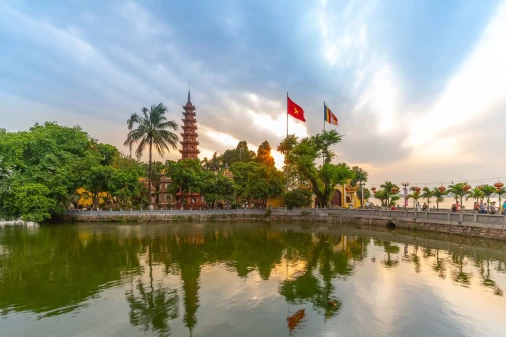
Tran Quoc Pagoda - A cultural and religious relic
There are diverse landscapes, religious beliefs, as well culture and tradition engraved in the he...
 France
France  Spain
Spain  German
German  Italian
Italian 

 Vietnam Tours
Vietnam Tours  Cambodia Tours
Cambodia Tours  Myanmar tours
Myanmar tours  Thailand Tours
Thailand Tours  Laos Tours
Laos Tours